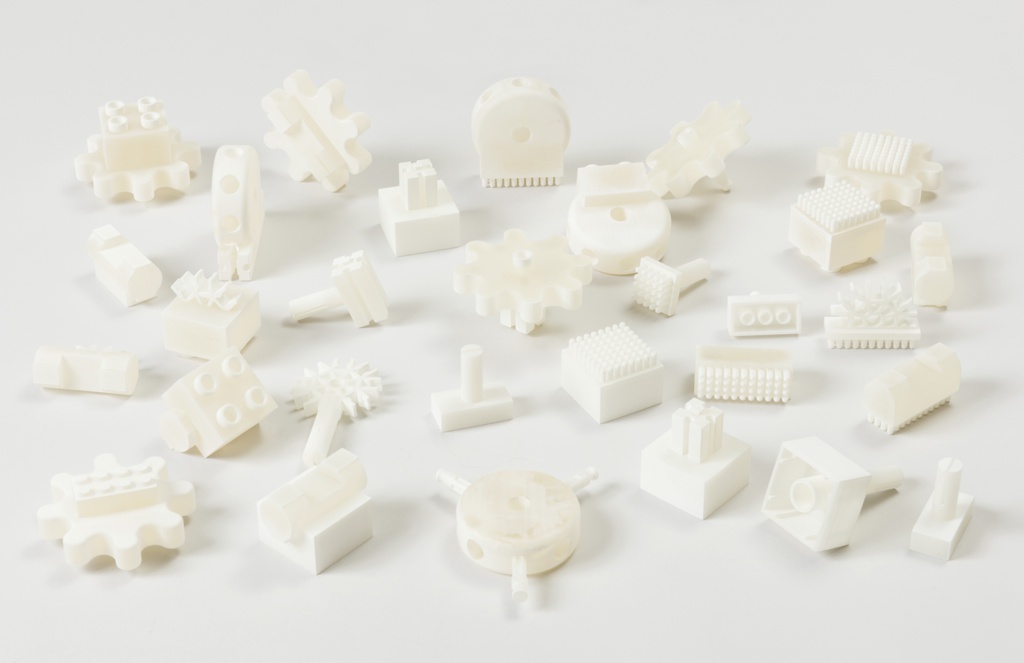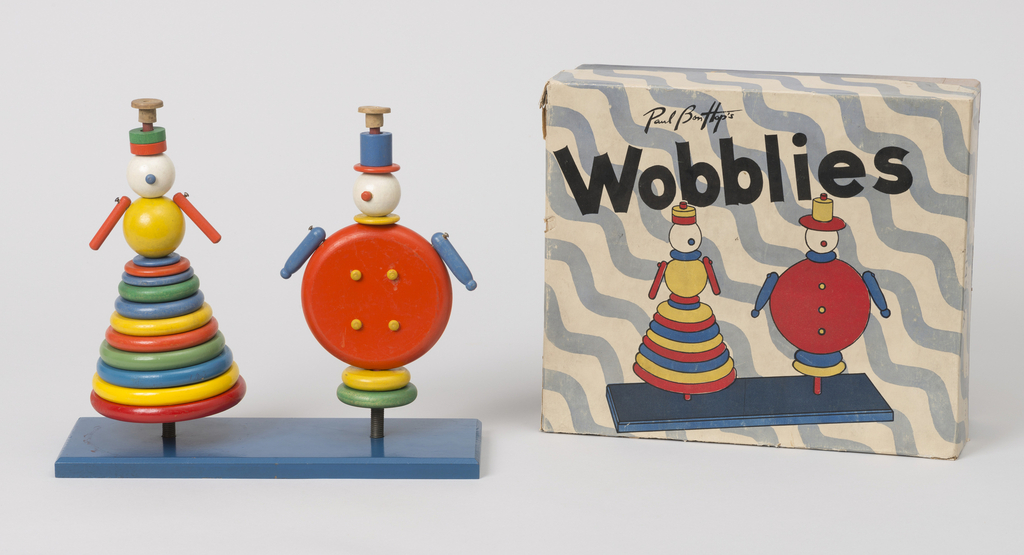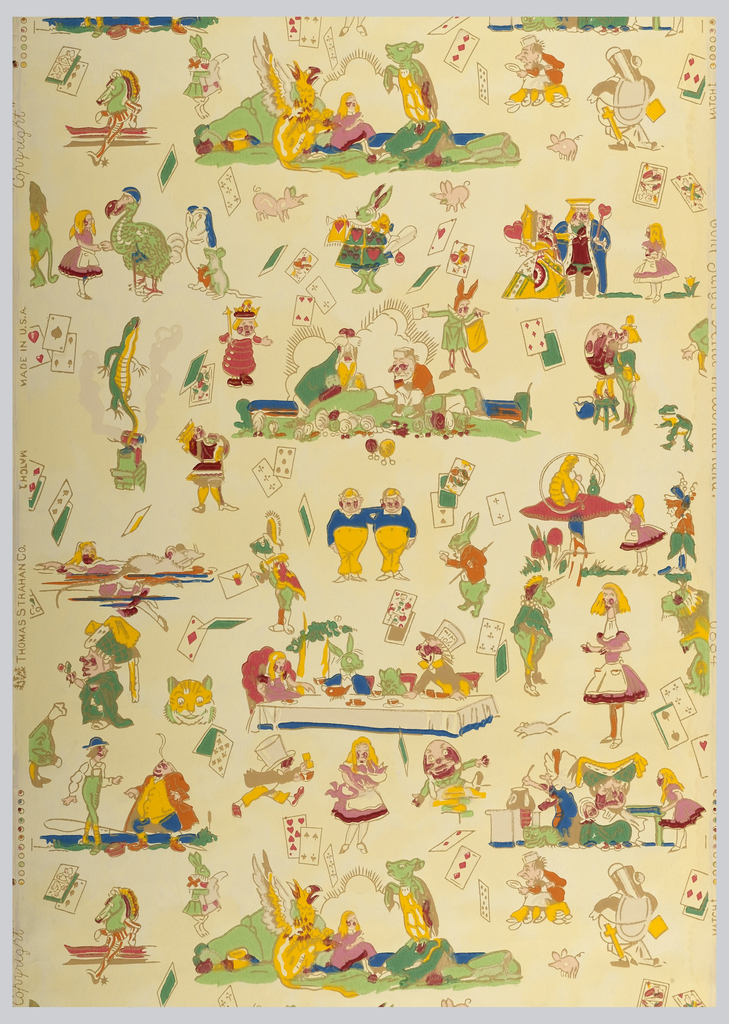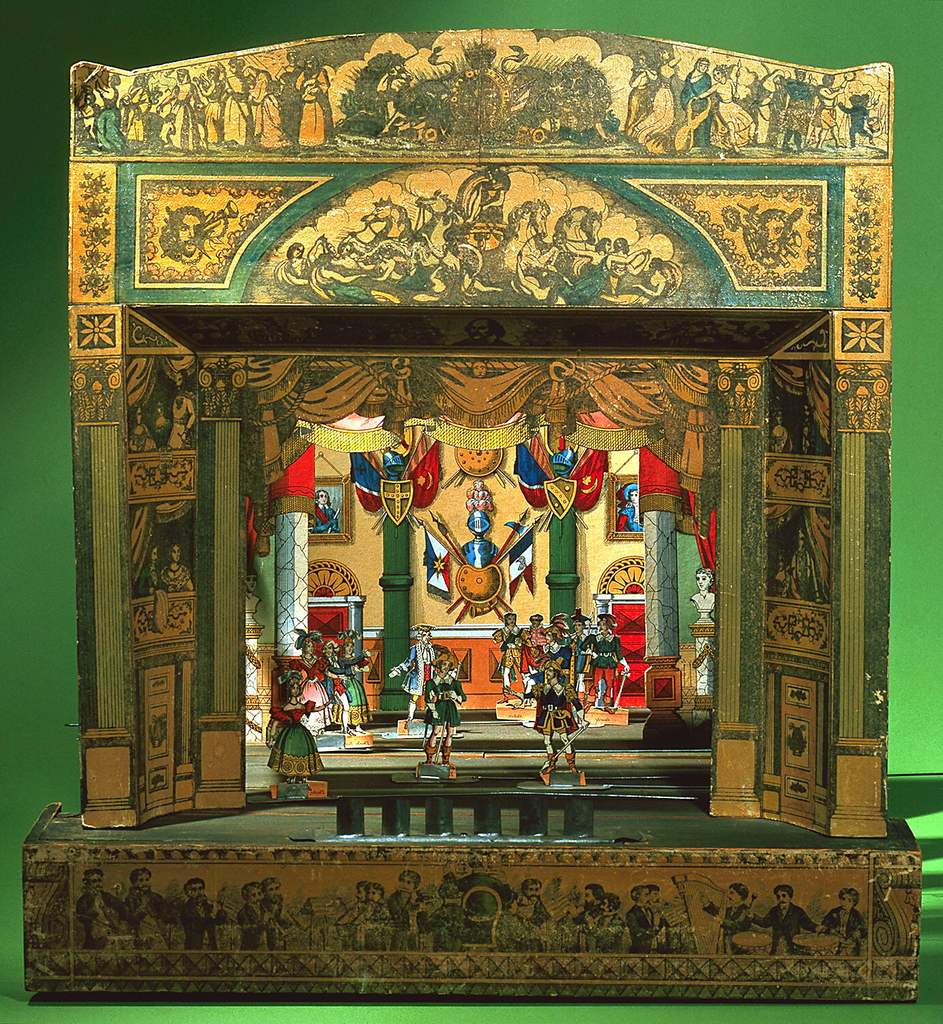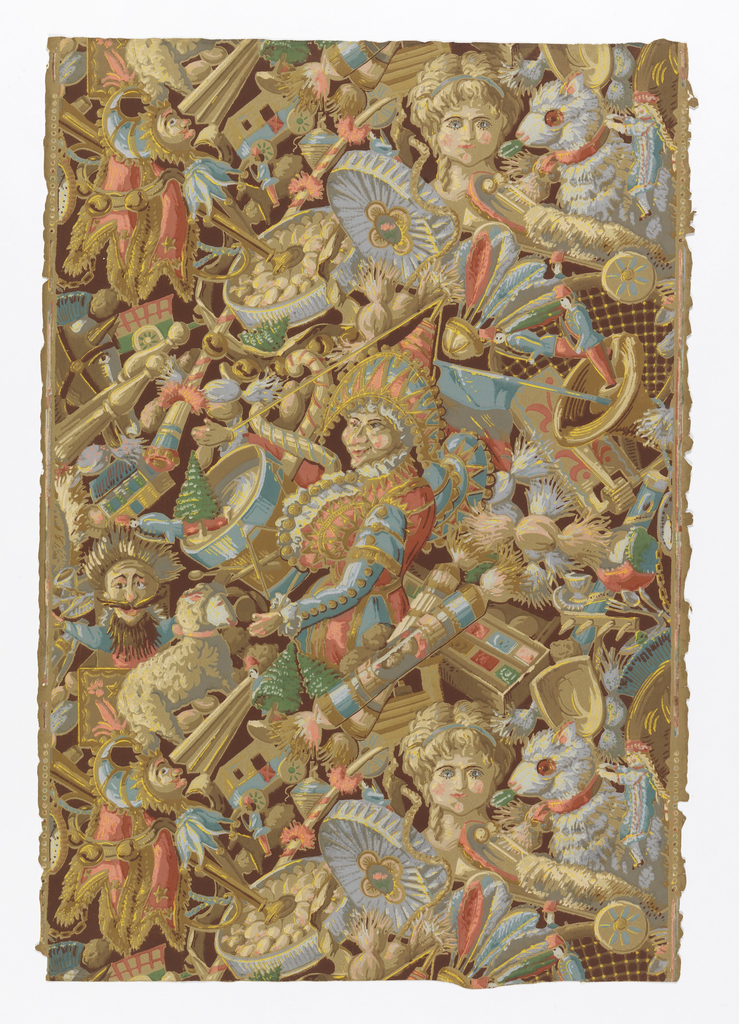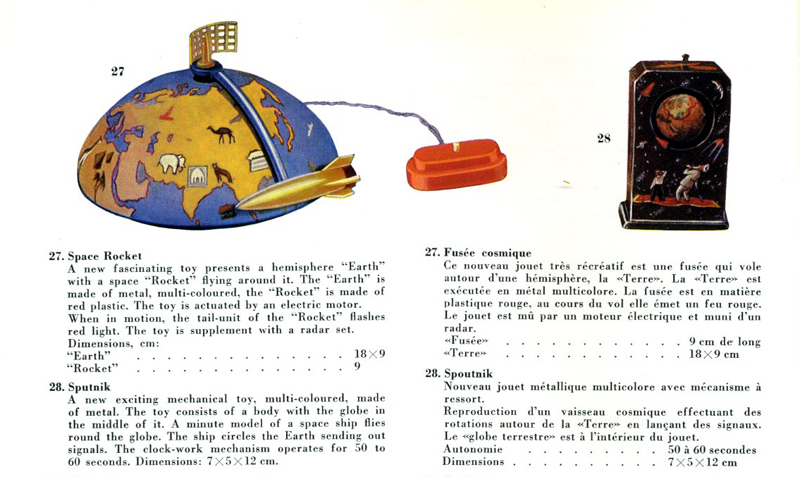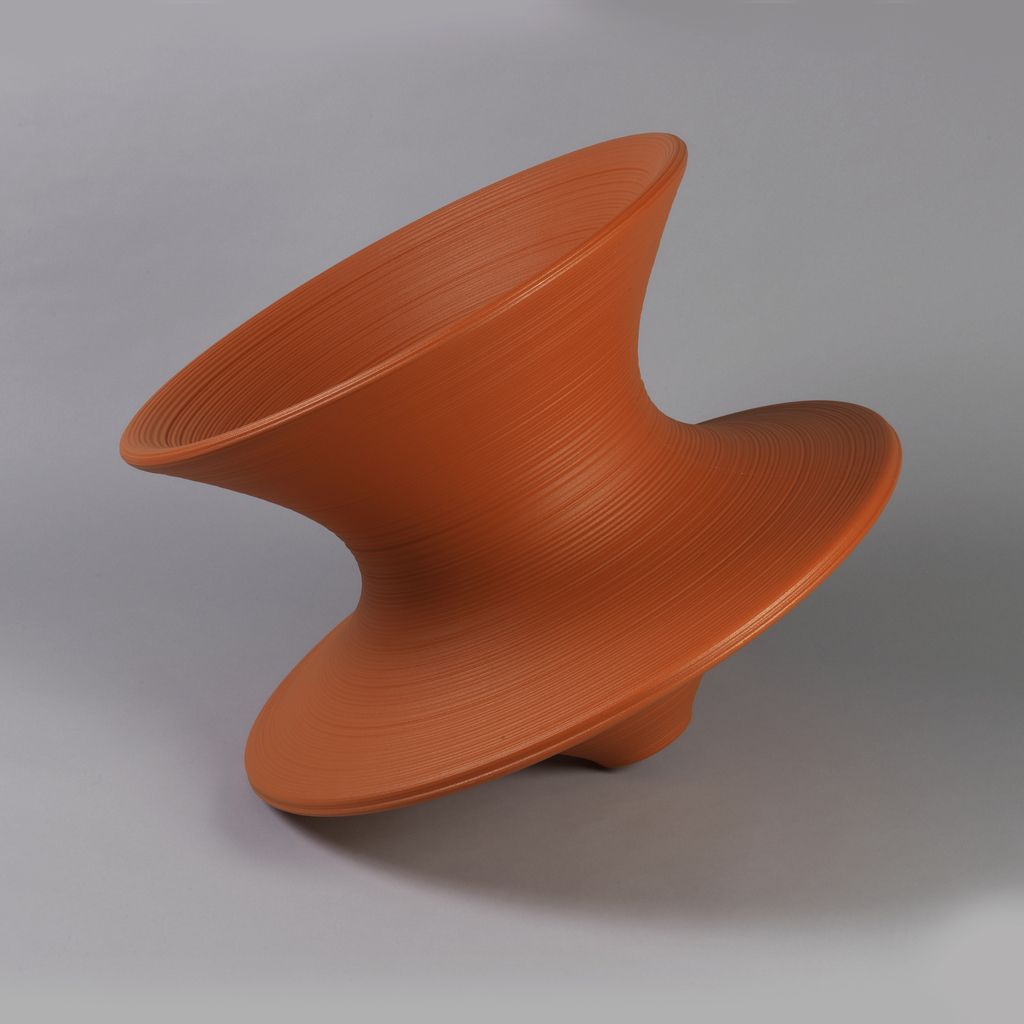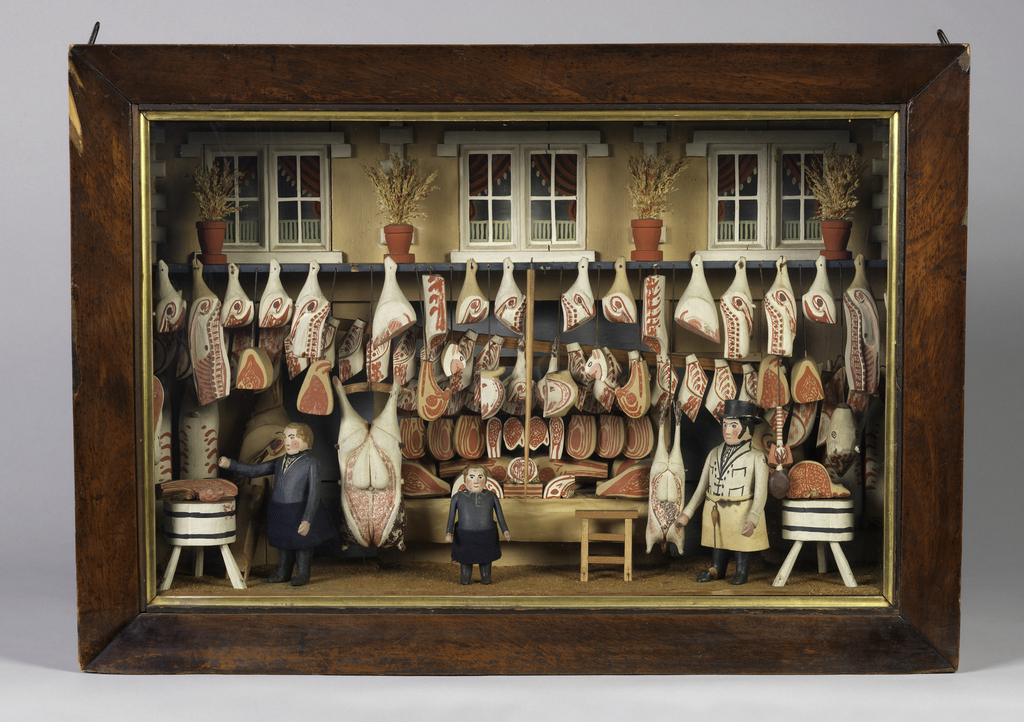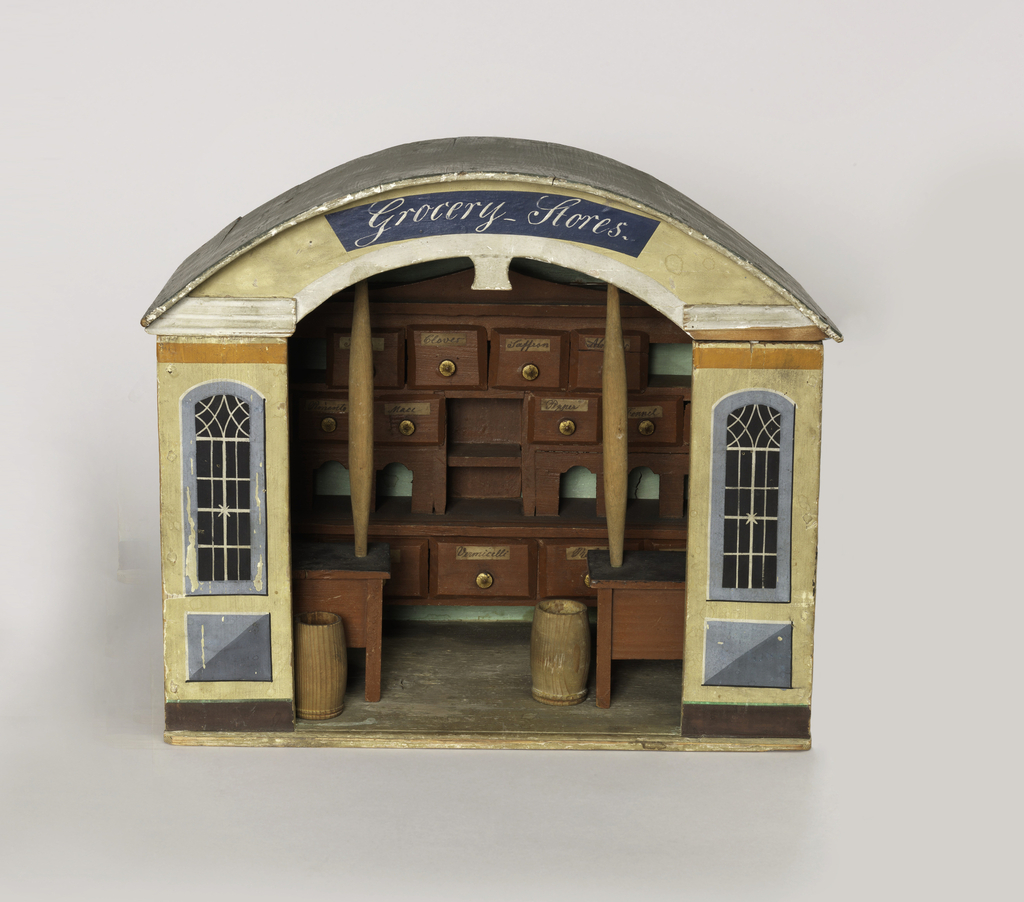This week’s posts feature case studies from Cooper Hewitt’s Digital Collections Management Project, a conservation survey of born-digital and hybrid objects in the permanent collection. The two-year project was coordinated by an in-house team of conservators, curators, and registrar, and was conducted by digital conservation specialist Cass Fino-Radin and his team at Small Data Industries....
The Wobblies show their wobbliness, which is cleverly illustrated on their box by faint wavy blue lines. Interestingly, there are two definitions of the word wobbly. The first is “inclined to wobble; shaky.” A Wobbly (capitalized) is also “a member of the Industrial Workers of the World, an international, revolutionary industrial union founded in Chicago...
During the 1920s and 30s, child-rearing experts pointed out the negative effects of mass recreation, especially movies, to the growth of American children. They argued that as passive spectators, children would likely bring home images of glamour and a sense of the social power of consumer goods after attending movies since what they saw in...
Imaginative author Robert Louis Stevenson wrote in his 1884 essay, A Penny Plain and Twopence Coloured, “If you love art, folly, or the bright eyes of children, speed to Pollock’s…”[1] The toy theatre was a beloved pastime in 19th-century England that appealed to the creativity and craftsmanship of children and adults. Benjamin Pollock inherited his...
If you have ever wondered what it’s like to be a toy inside of Santa’s sack, this is the wallpaper for you. This close and colorful design was most likely printed in France, and might best be described as the wildest Christmas-morning dreams of a child in the 1870s. Jack-in-the-boxes, toy trains and badminton racquets...
This Soviet era trade catalog for toys was intended for non-Russian audiences, and was produced by the Raznoexport Company in Moscow. This firm sold all sorts of consumer goods of Russian manufacture for export; the text is in English and French. Textiles, rugs, tobacco, bicycles, cut glass, and building materials among other goods were marketed...
Resembling a child’s toy more than a piece of furniture, the whimsical form of the Spun Chair, designed by Thomas Heatherwick and his team, Heatherwick Studio, came about in answer to the question, ‘Can a rotationally symmetrical form make a comfortable chair?’ Heatherwick and his colleagues were initially inspired by the traditional manufacturing process of...
How can you draw customers inside your shop, when exposing wares in a window is not an option? This framed wooden butcher’s shop might be an answer. Although it is unclear to what uses this framed life-like model of a butcher’s shop might have been put, the fact that it is framed and behind glass,...
Seventeenth-century Dutch socialites Petronella de la Court and Petronella Oortman, the dauphin of France, Queen Victoria, and Queen Mary had them: dollhouses and miniature replicas of masterworks of furniture and decorative arts, through which they could recreate their larger-than-life existence. The popularity of these Lilliputian marvels extended well into the twentieth century, when doll-sized houses,...
